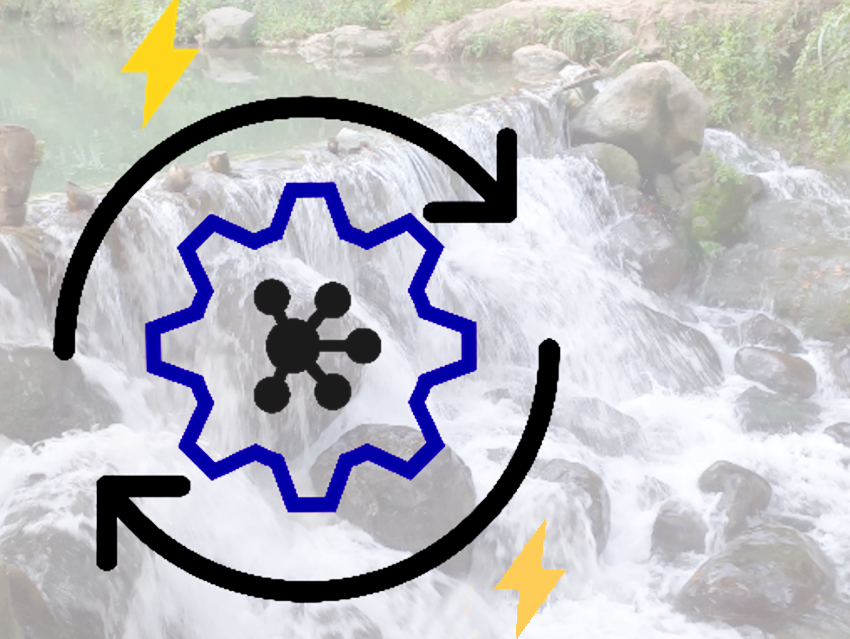Emanuele Penocchio, Northwestern University, USA, Dean Astumian, University of Maine, USA, Giulio Ragazzon, University of Strasbourg, France, and colleagues have developed a theoretical framework to quantify “kinetic asymmetry”—a measure of how chemical reactions behave under non-equilibrium conditions—across complex chemical networks. This advances our understanding of non-equilibrium systems, such as those found in living organisms. When chemical processes in a living organism reach equilibrium, the organism dies. It also highlights the importance of compartmentalization in driving chemical reactions away from equilibrium, offering insight into how it can be used to engineer new systems with life-like properties, including energy storage.
Compartmentalization refers to the division of a system into distinct regions, such as cells in biology or physical boundaries in chemical processes. In chemical reactions, compartmentalization helps control where and how reactions occur, keeping them away from equilibrium. By confining reactions to specific areas, energy or resources can be concentrated, driving reactions in a preferred direction and maintaining a system’s non-equilibrium state. This process is crucial for sustaining life-like properties, which require constant energy flow and reaction directionality. Similar to how a waterfall can generate energy, the researchers explored how electrical currents can transfer energy to a network of chemical reactions.
For the first time, scientists can now quantify kinetic asymmetry in complex networks using this new theoretical framework. The theory was successfully applied to explain experimental data on a complex molecular machine that harvests light energy to undergo a non-equilibrium operation [1]. This shows the potential of the theory for creating life-like materials and developing next-generation nanotechnology.
(picture ©: A. Bachir)
- Analysis of kinetic asymmetry in a multi-cycle reaction network establishes the principles for autonomous compartmentalized molecular ratchets,
Emanuele Penocchio, Ahmad Bachir, Alberto Credi, R. Dean Astumian, Giulio Ragazzon,
Chem 2024.
https://doi.org/10.1016/j.chempr.2024.07.038
Reference
[1] Zhiyao Yang, Xirui Wang, Emanuele Penocchio, Giulio Ragazzon, Xinnan Chen, Shuai Lu, Yidan Zhou, Kuirong Fu, Zejiang Liu, Yinmin Cai, Xiujun Yu, Xiaopeng Li, Xiaowei Li, Wen Feng, Lihua Yuan, Beyond Single-Cycle Autonomous Molecular Machines: Light-Powered Shuttling in a Multi-Cycle Reaction Network, Angew. Chem. Int. Ed. 2024. https://doi.org/10.1002/anie.202414072





